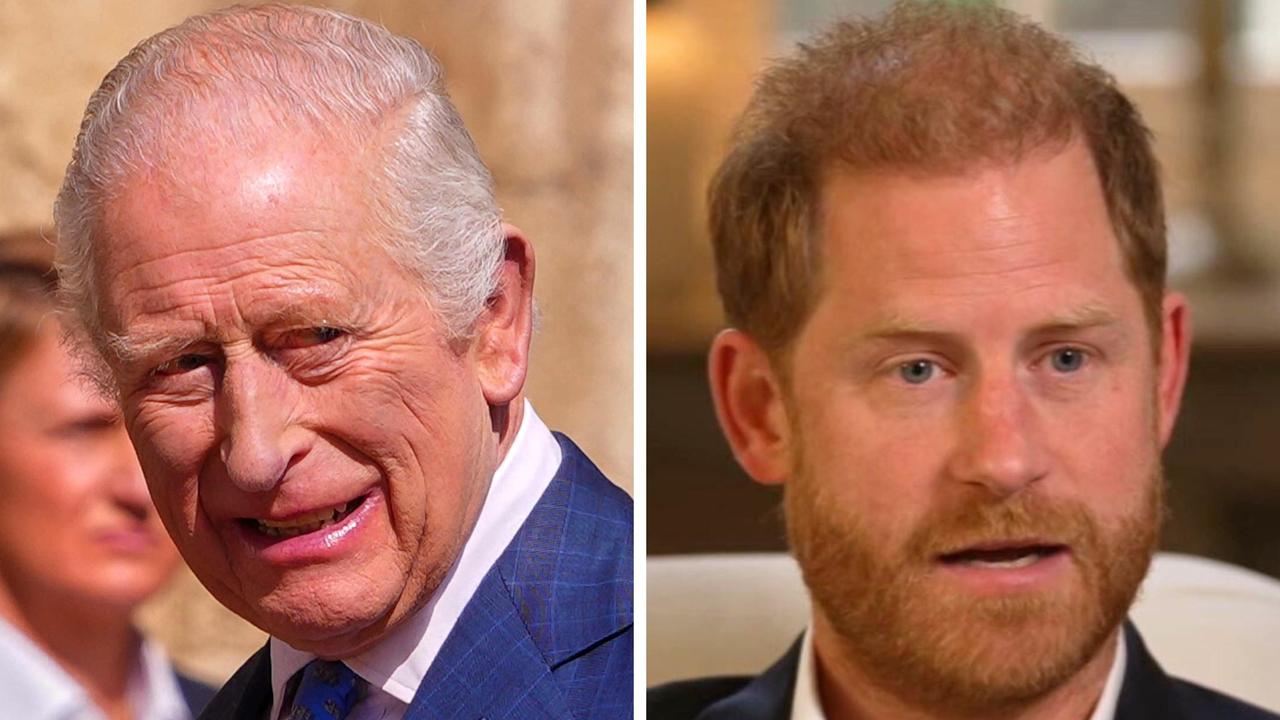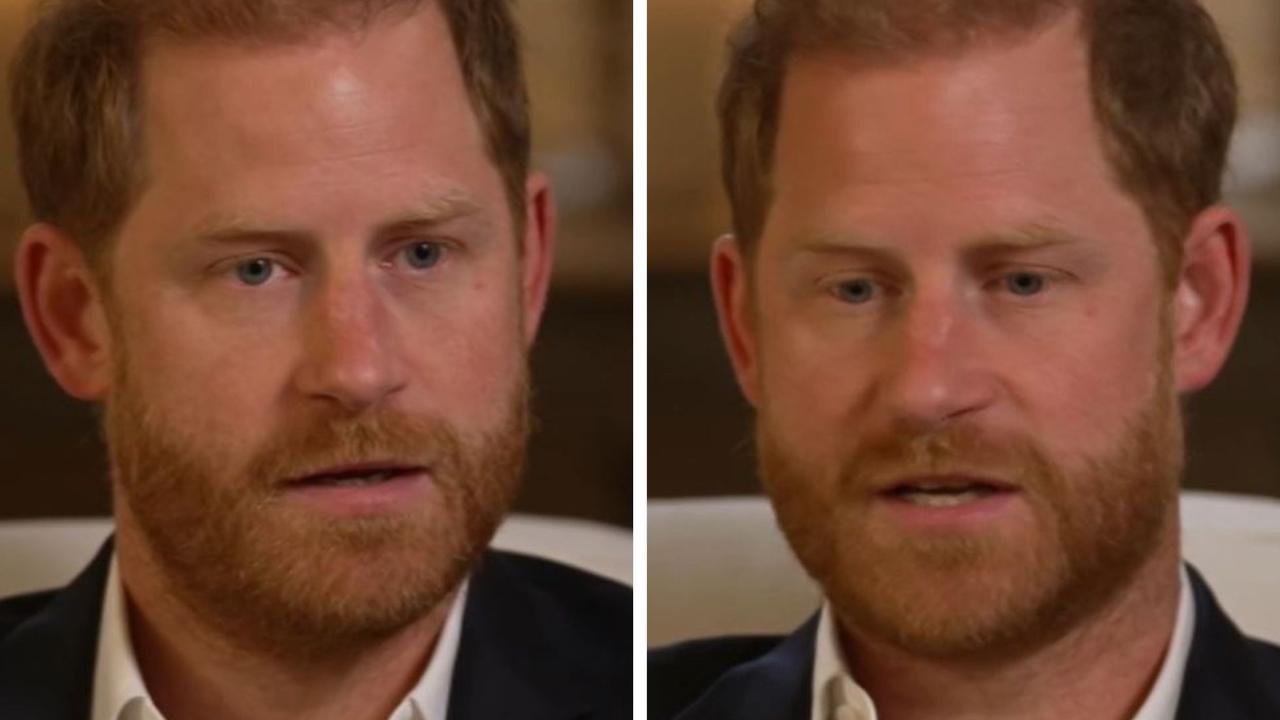Inside ‘The Firm’: How the young Elizabeth II became a beloved Queen
Elizabeth II was a princess who was never expected to succeed the throne. This is how ‘The Firm’ turned a young girl into the future Queen.
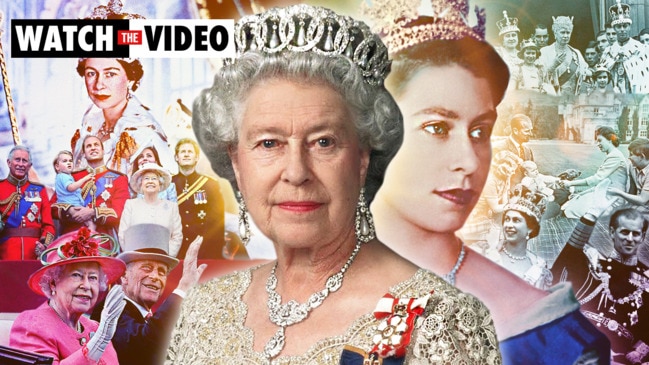
Royals
Don't miss out on the headlines from Royals. Followed categories will be added to My News.
Queen Elizabeth was homeschooled and never sat an exam in her life, but underwent intensive training once she was thrust into the role of heir-to-the-throne at the age of just 10 years.
Like most wealthy girls of her generation, Elizabeth, born in 1926, was not expected to get a job when she grew up, and was initially groomed for marriage.
She was schooled at her home 145 Piccadilly, near Hyde Park, alongside little sister Princess Margaret, learning to read and write in English and in French, and taught to play the piano, dance, and swim. She also studied art, another suitable subject for a highborn young lady.
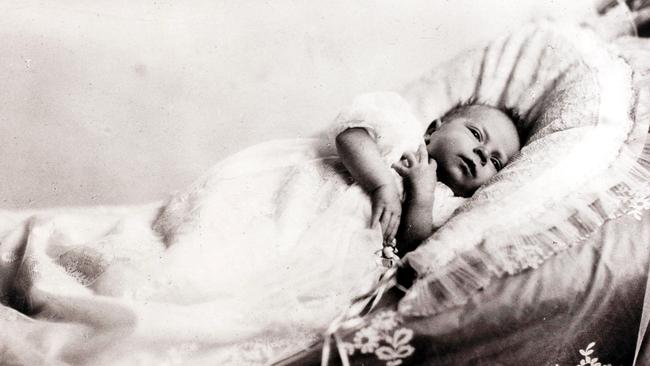
But when her uncle King Edward VIII abdicated in December 1936, all that changed, as her father became King George VI and Princess Elizabeth became the heir to the throne.
The carefree early days were replaced by days studying with a tutor, learning constitutional law and the protocols of the monarchy.
Her grandmother, Queen Mary, was determined she should be well-trained for her future role, and The Firm stepped in, appointing Sir Clarence Henry Marten, Vice-Provost of Eton College, to train the future monarch from the time she turned 13.
According to the Channel 5 documentary series ‘Elizabeth: Our Queen’, it was the private tutor Martens who taught her to remain politically neutral.
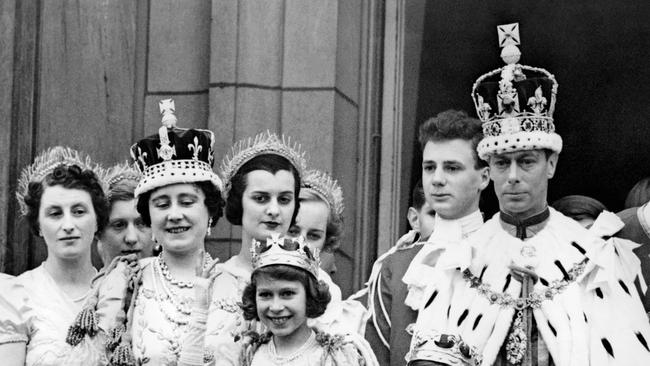
He also he educated her about the growing importance of radio and film as a means of communicating with the public, something she grew to understand after ascending the throne at the age of just 25 years.
An article in The Atlantic, published in 1943, looked at the then-Princess Elizabeth’s reading list, and reported - approvingly - that Martens had introduced her to Trevelyan’s History of England and Muzzey’s History of the United States.
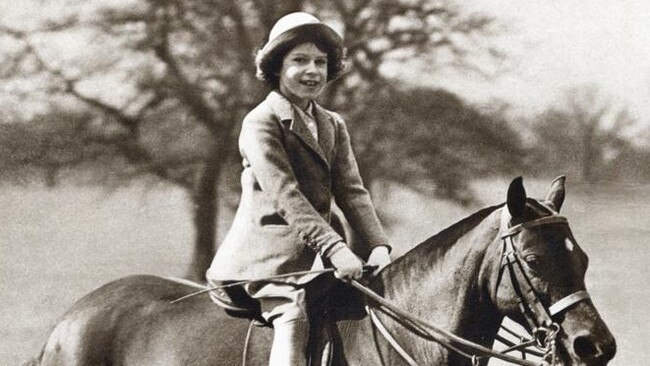
It said she was fluent in German and French and could recite French poetry by heart, as well as reading most of Shakespeare’s works, along with “The Canterbury Tales; a good deal of Coleridge, Keats, Browning, and Tennyson; some of Scott, Dickens, Jane Austen, Trollope, and Robert Louis Stevenson.’’
“In lighter moments she turns to Conan Doyle (I hope The White Company as well as Sherlock Holmes), John Buchan (I hope Montrose as well as Greenmantle), and, before he brought dishonour on his name, P.G. Wodehouse,’’ The Atlantic’s unnamed writer observed.
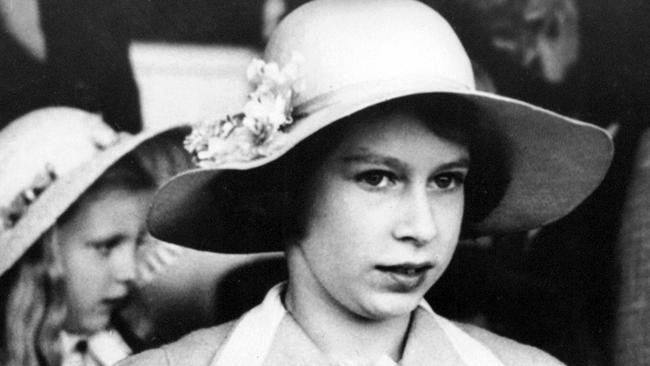
She also received Biblical history instruction from the then-Archbishop of Canterbury, the Very Reverend Cosmo Lang.
Princess Elizabeth was an accomplished swimmer and passed all her life-saving tests, and later became a Girl Guide at a company attached to the Royal Mews at Buckingham Palace. After Guides, she went on to become a Sea Ranger, and underwent war training.
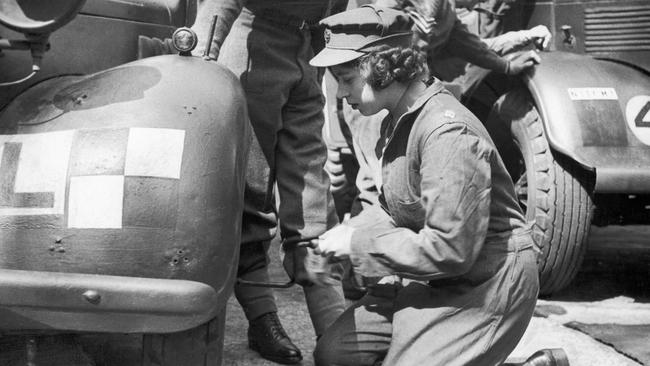
During World War II, she trained as a mechanic and truck driver and joined the women’s branch of the army, the Auxiliary Territorial Service, where she served in uniform from 1944-1945.
All through her childhood and teenage years, she received tutelage and advice from her mother and father, and several governesses. The most influential of these was Scottish teacher Miss Marion Crawford, who was hired in 1933 and spent 14 years teaching the young princesses and giving them life experiences such as trips on the Tube, and cups of tea at the YWCA.
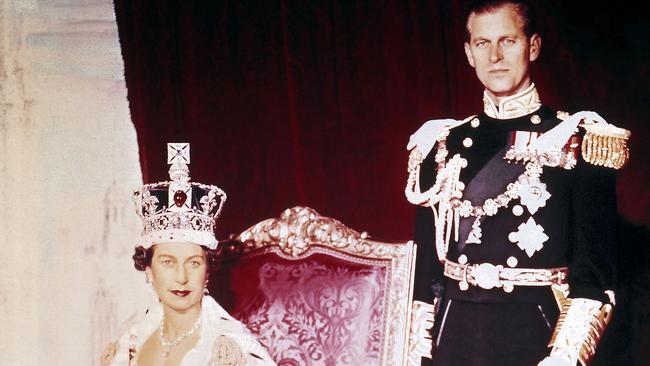
The Royal Family website said Princess Elizabeth studied constitutional history and law in preparing for her future role after her father succeeded to the throne.
“Princess Elizabeth also learned French from a number of French and Belgian governesses’’, the website states.
“It is a skill which has stood The Queen in good stead, as she often has cause to use it when speaking to ambassadors and heads of state from French-speaking countries, and when visiting French-speaking areas of Canada.’’



